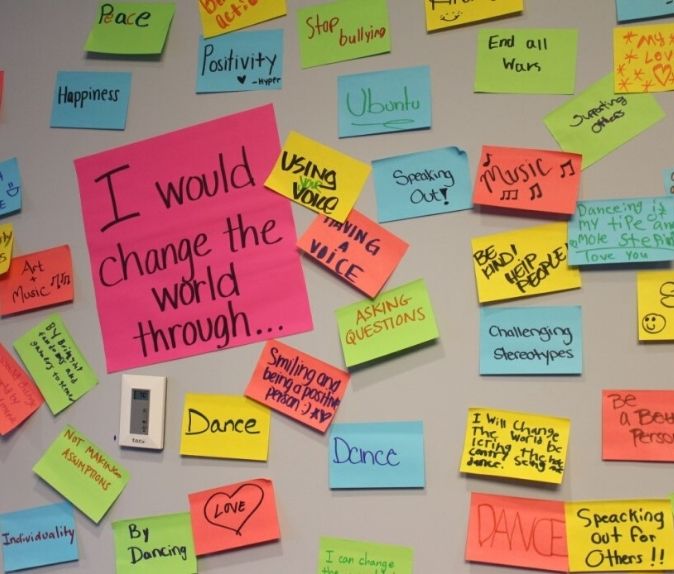Best Advice For Choosing Italian Kindergarten Teaching Support
Wiki Article
What Books, Such As Textbooks, Are Compulsory In The Italian Kindergartens?
Italian nursery schools usually concentrate on creating a fun-based learning environment, and don't often use traditional textbooks or workbooks. But books can be a useful instrument for fostering language development in children, and also encouraging the love of reading. Here are some types of books that are suitable for Italian nursery schools Picture books: Picture books aid young children in developing their vocabulary, creativity, and enjoyment of reading. They have vibrant illustrations as well as easy-to-read text.
Board books The Board books are durable books with thick pages. They are designed for young children who are learning to use books. They can be used as a method to expose children to a wide range of topics such as shapes or animals as well as colors and shapes.
Nursery rhymes: Children may learn social skills, language skills and memory skills through nursery rhymes. Italian nursery schools may utilize rhyme and song books in their everyday activities.
Books on diversity and inclusion are important to teach young children about the significance of inclusion and diversity. Children benefit by reading books featuring characters who come from different cultures, backgrounds and capabilities. They will develop empathy, understanding and respect.
Italian language book: Italian nurseries may use books written in Italian for children who want to learn and develop language abilities. The books could contain simple stories, pictures and books that include Italian nursery rhymes or songs.
It is vital to select books that are age appropriate interesting, entertaining and relevant to culture for the children attending kindergarten. Teachers and caregivers are able to utilize books as a way to spark children's curiosity and encourage them to explore various topics and subjects. Check out the top rated schede didattiche italiano for site recommendations.

What Maths Educational Materials Are Recommended By Italian Nurseries?
Maths didactic cards can be helpful in introducing youngsters in Italian nurseries to the basics of mathematical concepts. These are some examples of Maths didactic cards that could be recommended: Number cards: Number cards can help children learn the numbers 1 through 10 or greater. They may include illustrations of animals or objects which represent numbers to make the learning experience more engaging.
Shape cards help children to learn the names of different shapes such as squares, rectangles, triangles and circles. The illustrations could be of actual objects which represent the shapes.
Color cards are an excellent way to help your child learn about the different shades of colors. They may also feature images of objects that have a predominant one color, making the learning experience more enjoyable.
Counting Cards: These cards aid children to learn the number 1-10. They can be illustrated using animals or objects to symbolize every number. This makes the learning process more interesting.
Time cards: These cards aid children to learn about the concept of time, as well as the names of days of the week, as well as the month of the calendar. Illustrations of calendars and clocks to make learning more enjoyable.
It is important to choose Maths didactic cards that are age appropriate fun, interactive, and engaging for young children. These cards let educators and parents to create math-related activities that are enjoyable and interactive, which promote the curiosity and enthusiasm of children. Have a look at the recommended materiale didattico matematica sostegno for more advice.

What History Didactic Cards Are Recommended For Italian Nurseries?
History didactic cards can be helpful in introducing children in Italian nurseries to basic historical concepts. These cards can be found in various forms. They can also include images as well as information about the person's life and achievements.
Timeline cards. Timeline charts are a great way to aid children in understanding the order of events, and how they are related. They can be illustrated using key dates and events.
Cultural cards: Cultural cards can help children learn about different traditions and cultures from the past and present. They may feature illustrations of traditions and customs, such as traditional food clothes, music, or clothing.
Artifact Cards: Artifacts cards could be used to help children comprehend and understand historical events and lifestyles. They may include images of items from different times and cultures.
Map cards help children to comprehend the world of geography and history. They can contain maps with illustrations along with information about historic events, people and places in different areas.
It is important to choose the history cards that are fun and interactive. They should also be suitable for children of all ages. Teachers and caregivers can to use these cards to engage children in fun, interactive history activities. They will promote the kids' curiosity as well as their excitement about learning about the different cultures and historical past. View the most popular materiale didattico storia sostegno for site info.

What Geography Teaching Materials Do Italian Nurseries Require?
In Italian nurseries, geography education materials are used to teach children about the world and different cultures. Some examples of the materials that you can use to teach geography include: Maps. Maps are helpful in teaching children about diverse regions and countries as well as the location of landmarks and natural characteristics.
Globes Help children see the Earth's surface and learn about the various oceans and continents.
Videos and pictures Videos and pictures of diverse cultures and places can help children learn about the diversity of the world and build a love for various ways of life.
Books: Age-appropriate children's books which highlight diverse cultures can stimulate a child's curiosity and interest in the world.
Natural materials can aid children to learn about different ecosystems.
Field excursions. Children can gain knowledge about geography through hands-on activities and visits to local parks, zoos or museums.
It is essential to choose resources for geography education that are age-appropriate and culturally sensitive. These materials can help parents and teachers create engaging and fun geography activities for children that encourage their curiosity and interest in exploring the world.
